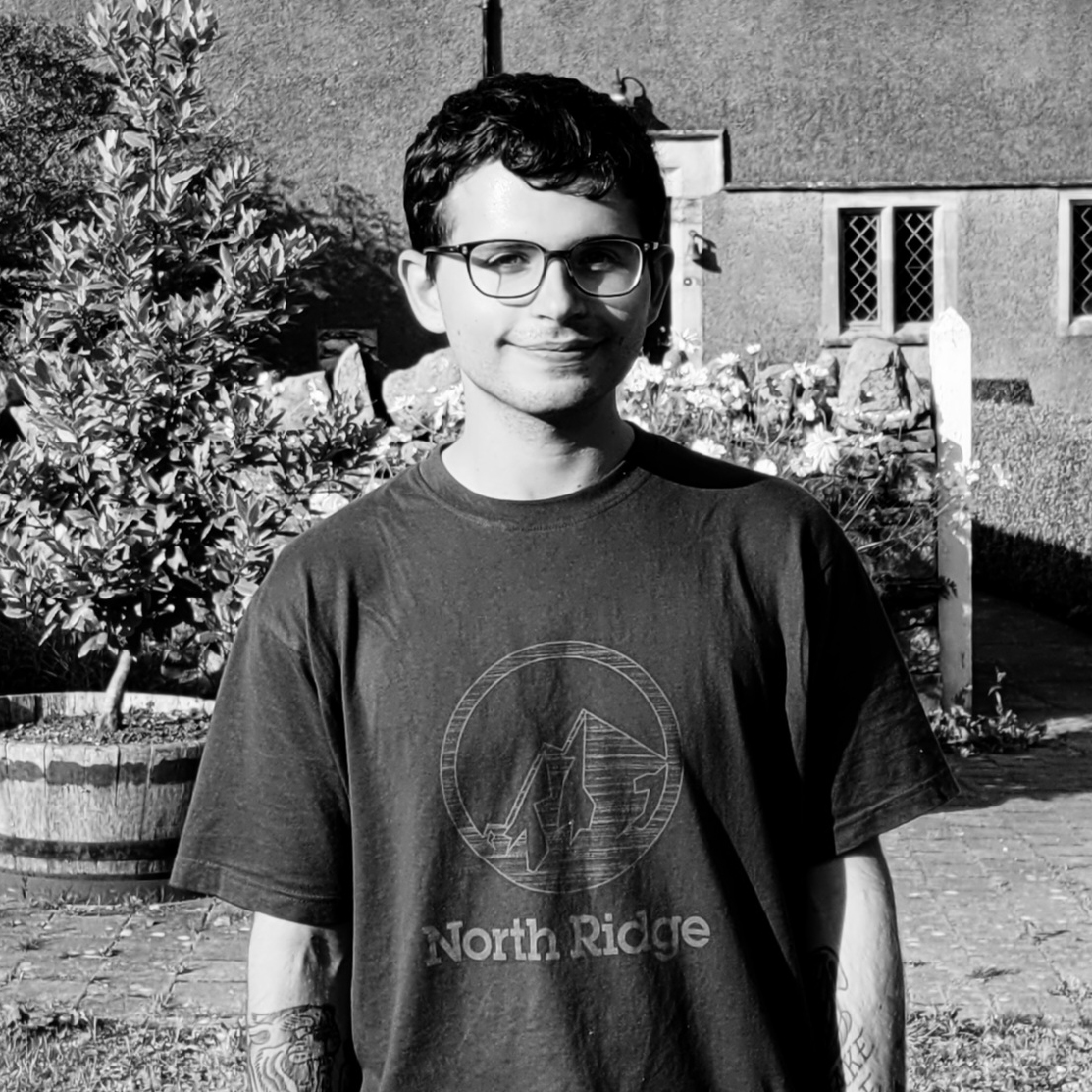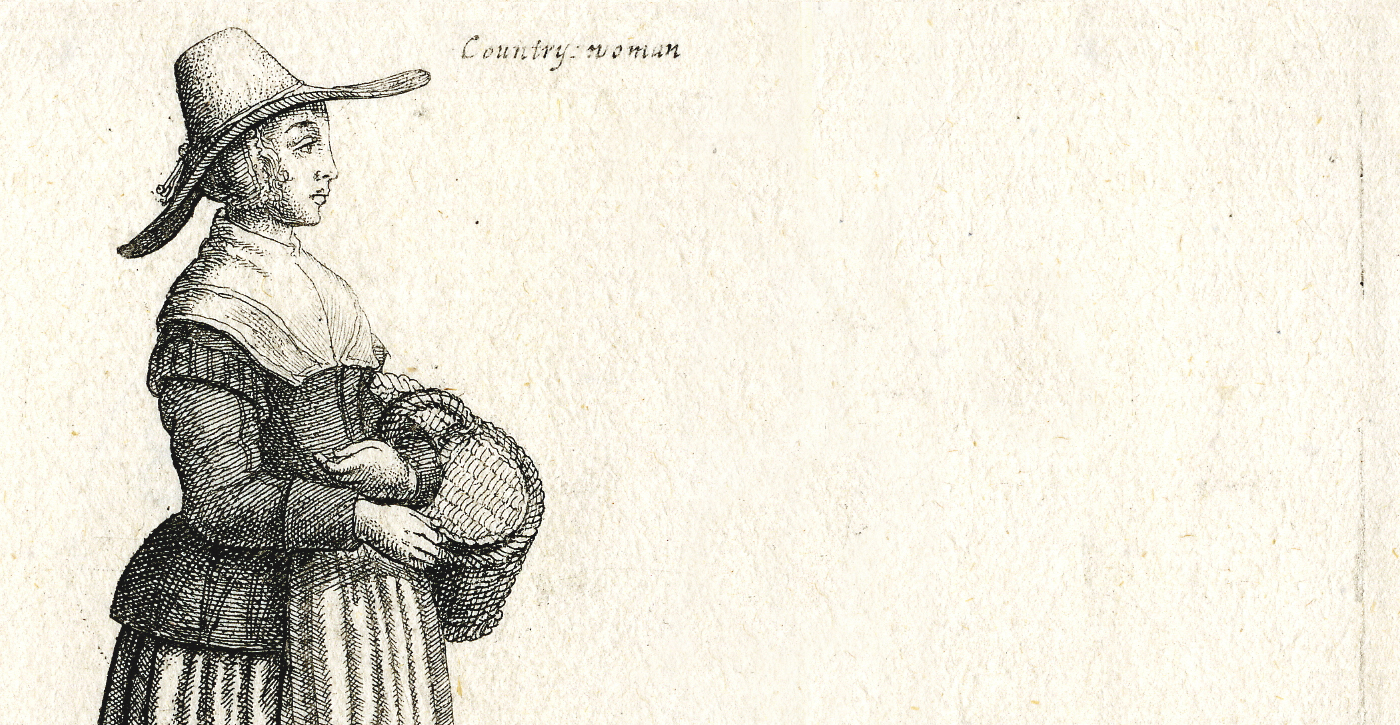When Membership and Convincement Diverge
Elizabeth Hooton is often considered the first Friend to have been convinced by George Fox’s preaching and conversation. Even before the Quaker movement coalesced, with Fox preaching to thousands in northern England, Hooton had been imprisoned for the convictions that led her to admonish a priest. James Parnell was 16 when he traveled to Carlisle jail to meet an imprisoned Fox, and it was there Parnell was convinced. Only a few years later, he died in the appalling conditions of Colchester Castle’s jail. Elizabeth Fletcher was even younger than Parnell—a mere 14—when she was convinced, and she brought the Quaker message to Oxford and to Ireland before dying of injuries received at the hands of a mob of Oxford scholars.
These three were clearly Friends. Convinced by the preaching of itinerant Quakers, they turned inward, discerned a need to transform their lives, and began to obey the promptings of a Light that had been there all along. This led them into radical forms of witness, for which they suffered intensely alongside many other Friends. And yet, none of them was in membership of a religious society as we understand that today. Formal membership wouldn’t come into existence for nearly a century, and these early preachers traveled far too much to be part of any settled geographical community, like a local meeting. These Friends formed a loose network united by shared insights and concerns, a way to worship, an evangelizing impulse, and a growing set of friendships and family relationships. Their convincement and their willingness to suffer for it, if necessary, made them Quakers.
Over the next century, membership slowly took shape. In the early years, most people knew if you were a Quaker: You attended gatherings of eccentrics, dressed and spoke distinctively, and testified publicly. There was also an understanding that Friendliness was determined by an encounter with an inward reality whose outward fruits were manifest enough that no procedure was needed for confirmation. Being a Quaker came with a heavy cost, as Hooton, Parnell, and Fletcher knew, and suffering as a Quaker was plenty legitimating.
As the Religious Society of Friends grew and formalized itself, it became necessary for settled meetings to know who needed financial support and which births, deaths, and imprisonments to record. Meetings had to know who had a stake in their community and who could rightly speak on its behalf. Initially, membership developed for practical reasons, along practical lines. Its spiritual significance was secondary; it wasn’t to be conflated with convincement or inward baptism, with becoming a Friend. Spiritually, membership was an outgrowth of the desire to be in community with others committed to Truth.
In the centuries since, membership has grown in significance, to the point where it has sometimes overshadowed convincement. A failure to sufficiently distinguish between these has, it seems to me, led to difficulties with inclusion; anxieties about the meaning of membership; a loss of the concept of convincement, as it figured in the experience of early Friends; and fears for the future of our Society. I think we would be helped by once again recognizing the difference between convincement and membership in a meeting. This is not to downplay either but to suggest that seeing their difference is key to understanding their potential importance for us.

Historically, Quakers have understood membership to be a covenantal relationship between an individual and a meeting community. It’s a little like a marriage. The member commits to supporting the community, to fellowship and solidarity, and the meeting commits to supporting the member in ways both pastoral and practical. The process of applying for and being received into membership recognizes someone’s belonging to a particular community, as a Quaker marriage recognizes what God has done in the life of a relationship.
It’s possible, I think, to be a member who isn’t a convinced Friend, as well as a convinced Friend not in membership. Many of us experience periods of spiritual drought when our conviction wanes and the witness of the heart feels faint, but our belonging to a meeting community may remain constant. Many belong to our communities without having experienced the inward conviction and transformation that early Friends called “being convinced of Truth” and we can still recognize their belonging with integrity.
I’m suggesting that membership and convincement can come apart. A convinced Friend may naturally be led into a meeting community and may then be led to apply for membership. The application process and membership commitment can be spiritually profound, and our faith and discernment are often strengthened by our meetings. But convinced Friends may find that belonging to a local meeting isn’t feasible, perhaps because they are—like Parnell and Fletcher—in a wayfaring stage of life. Likewise, beloved members of our meeting communities may not understand their experience in terms of Quaker theology, and that needn’t always prevent us from recognizing and celebrating their belonging or from cherishing their commitment to the community and its practices.
This means that an application for membership is not a test of one’s faith but a chance for an individual and a meeting to acknowledge and cement a particular relationship that will inevitably have its ups and downs. It also means that Hooton, Parnell, and Fletcher were legitimate Friends, though they were never in membership, and that others may be convinced by itinerant preachers, pamphlets, or everyday experience of the living Christ outside the context of a meeting. The Quaker message will be alive so long as faithful people recognize the promptings of their Inward Teacher. The structure and significance of meetings and membership may change, but convinced Friends will recognize their Guide in the experience of others and seek each other out; Truth doesn’t stand or fall with our current structures. As twentieth-century songwriter Sydney Carter reminds us in the “George Fox” song, “the Light will be shining at the end of it all.”
I feel that I was convinced and saw the world through Quaker eyes long before I was at ease to come into membership. And I feel that on days when my experience of Jesus’s love and guidance is harder to access, my covenantal relationship with my meeting is a kind of life raft. Both matter to me immensely, but they matter differently.








1 thought on “The Light Will Be Shining at the End of It All”
Comments on Friendsjournal.org may be used in the Forum of the print magazine and may be edited for length and clarity.